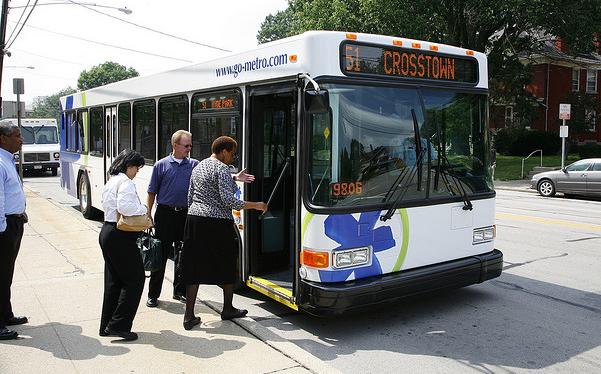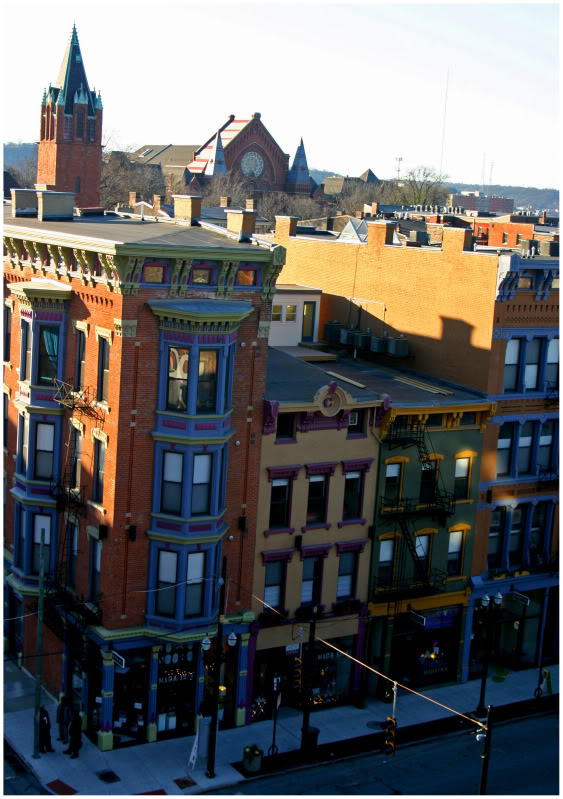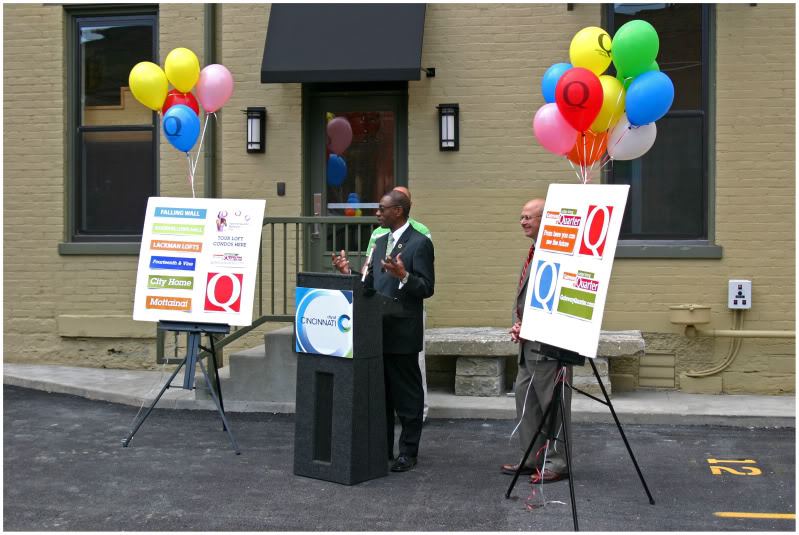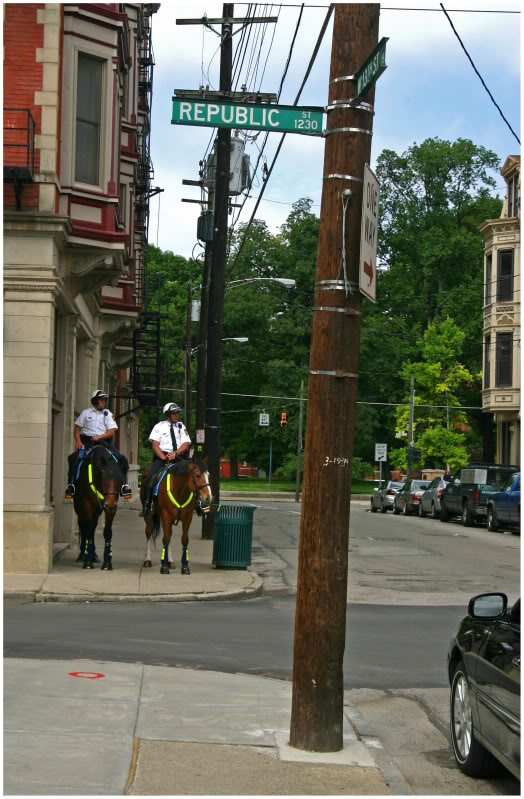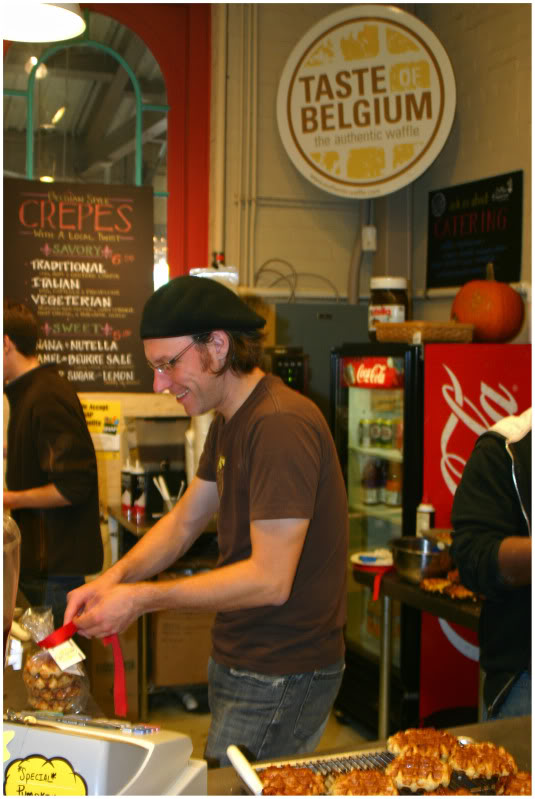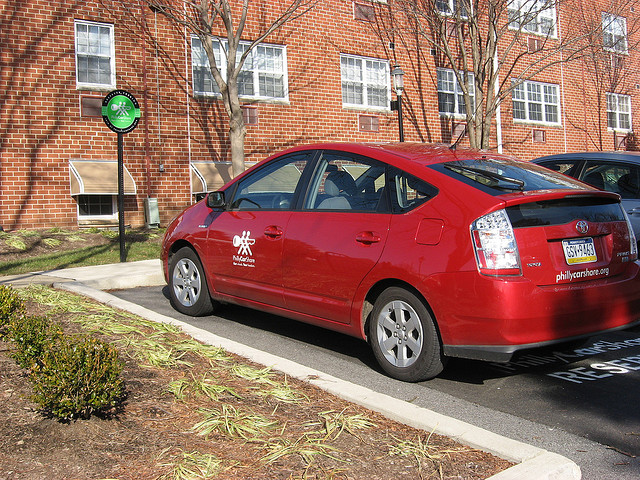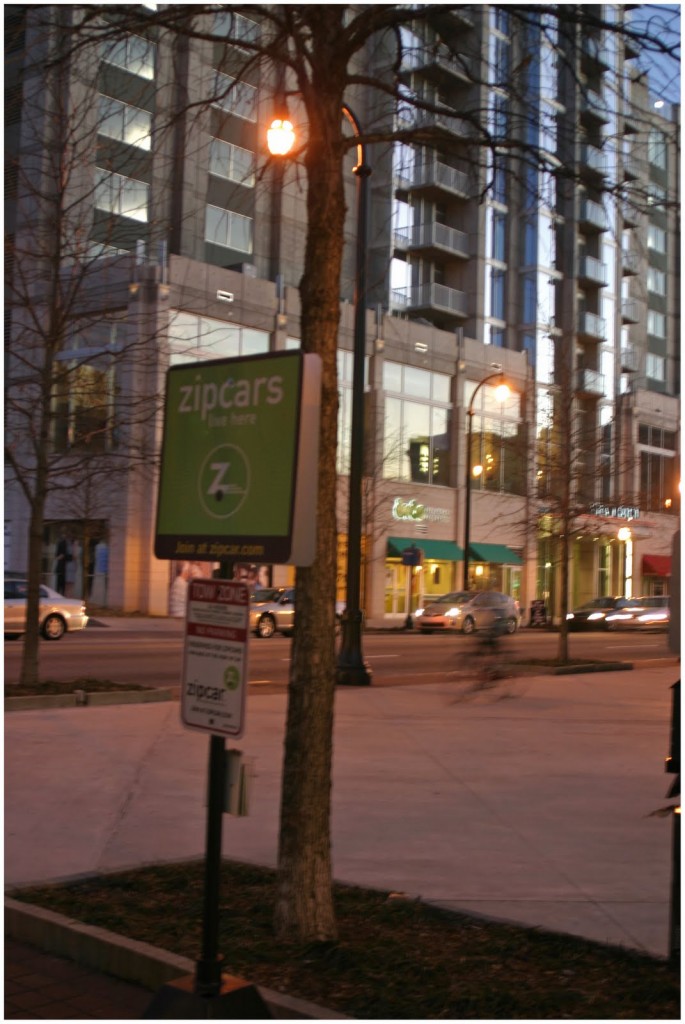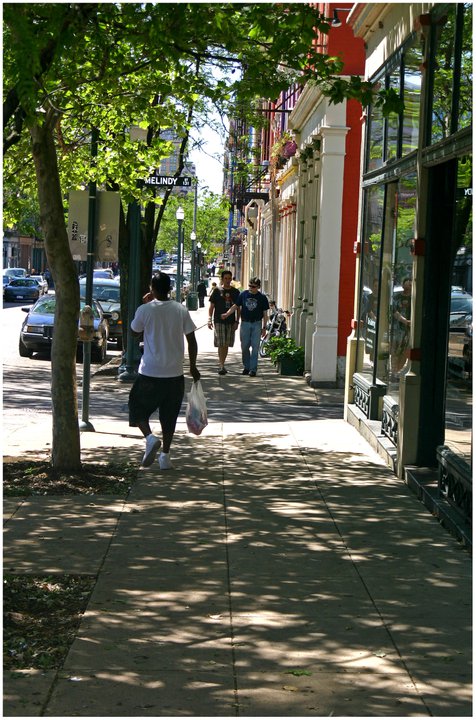 Urban neighborhoods often suffer before they ultimately make a triumphant comeback. Whether the neighborhood is Brooklyn or Over-the-Rhine, urban neighborhoods rely on critical populace that is willing to take a chance when others are not. These people are what we call urban pioneers.
Urban neighborhoods often suffer before they ultimately make a triumphant comeback. Whether the neighborhood is Brooklyn or Over-the-Rhine, urban neighborhoods rely on critical populace that is willing to take a chance when others are not. These people are what we call urban pioneers.
This scenario is the topic of Soapbox’s next speaker series event to be held at the Niehoff Urban Studio in Corryville. Urban Pioneers – The Cult of Personality will gather four of Cincinnati’s most relevant urban pioneers who have helped to transform once downtrodden neighborhoods like Mt. Adams, Northside, and Over-the-Rhine.
Organizers say that guest panelists will include Neil Bortz, Matthew Wirtz, Maureen Wood, and Terry Chan who will discuss what it takes to succeed in bringing a vision to reality by revitalizing parts of a city one building at a time. The discussion will be moderated by the former director of UC’s School of Architecture & Interior Design Michaele Pride.
While organized by Soapbox Cincinnati, the speaker series is sponsored by the Niehoff Urban Studio and heavily attended by the those involved in the Urbanist movement in Cincinnati. Founder of the Cincinnati Urbanist movement and poltics teacher at UC’s School of Planning, Terry Grundy, further explained the intricacy of urban pioneers to UrbanCincy.
“Someone — though more generally a small group of people — has to take a chance on a fine old neighborhood with lots of potential that’s lost population and become poorer over many decades,” Grundy explained. “Call the people who do this urban pioneers if you will but, whatever you call them, they’re the people whom we look back on years after a neighborhood has been turned around and say, “They’re the ones who got it all started.”
Grundy says that these initial urban pioneers are often followed by a group of “semi-pioneers” who move in before the neighborhood has fully turned around, but only after the initial risk was taken away.
“This second wave of people who come into rebounding neighborhoods is almost always made up of the key demographic groups that are attracted to urban life and are remaking older American cities: young professionals, the group we call the Bohemian Cluster (gays and lesbians, artists, musicians, true bohemians), empty nesters, and New Americans (immigrants from other countries). Some resurgent neighborhoods have a strong showing of members of one of these groups while others have a mixture of two or more. We know, for instance, that young professionals often enjoy living in neighborhoods with a strong contingent of the Bohemian Cluster.”
Urban Pioneers – The Cult of Personality if free to attend, but organizers are requiring reservations be made online in advance. The event will take place on Wednesday, October 27 from 5pm to 7:30pm at the Niehoff Urban Studio (map). Registration and happy hour will begin at 5pm.



